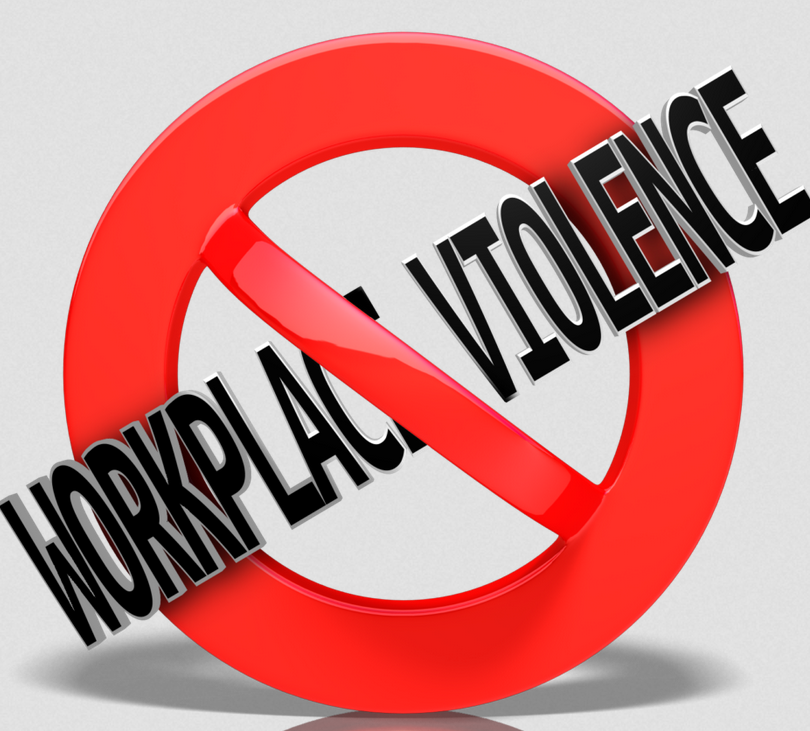Workplace violence is any type of violence or threat of violence against workers. It generally occurs in the workplace but can also happen away from it. Workplace violence can range from threats and verbal abuse to more serious events that lead to physical assaults, homicides, and mass casualty events, such as those that occurred recently at workplaces in Atlanta, Georgia, and Boulder, Colorado. Because April is Workplace Violence Awareness month, we would like to share resources on what we know based on research and also where research gaps still exist.
Workplace violence can occur anywhere and at any time, but certain groups of workers are at increased risk. These groups include those who exchange money with the public; transport passengers, goods, or services; work alone or in small groups late at night or early in the morning; and come into close contact as they treat and provide patient care. Examples include retail workers, nurses, taxi drivers, and others who commonly interact with customers, clients, or patients. However, workplace violence doesn’t have to involve workers and customers or clients. Threats and assaults can also come from other employees, supervisors or managers, a domestic partner, or a current or former spouse.
The risk of workplace violence has not decreased during the pandemic—in fact, many incidents have occurred in the past year. The pandemic has intensified feelings of stress and created uncertainty about the future for many, including employers, workers, customers, and clients. Workers were threatened and assaulted as businesses implemented new disease prevention policies and practices. In response, CDC has developed guidance for employers and employees in retail and service industries to address workplace violence during this time of uncertainty. Over the last year, there were other violence incidents, including ones affecting healthcare workers, public health professionals, and other frontline workers who experienced stigma, threats, and assaults. Some CDC guidance may be applicable to these groups of workers as well.
NIOSH researchers have studied this complex issue since workplace violence was identified as a public health concern in the late 1980s and early 1990s. Employers and employees in large and small businesses, as well as healthcare settings, can use these resources and trainings to help reduce workplace violence. While we have learned a lot about workplace violence prevention over the years, knowledge gaps still exist. And with that, NIOSH continues to prioritize the need for additional research to improve violence prevention for workers through non-pandemic and pandemic-relatedpdf icon research.
McCraren Compliance offers many opportunities in safety training to help circumvent accidents. Please take a moment to visit our calendar of classes to see what we can do to help your safety measures from training to consulting.



